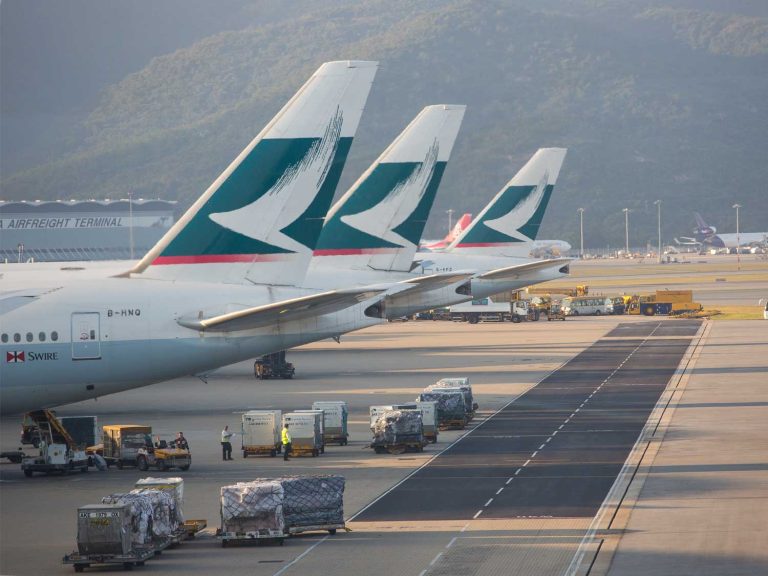
Date:
Asia–Europe airfreight: Growth and vulnerabilities
Despite growth and robust demand airfreight faces significant challenges, including reliance on eCommerce, capacity pressures, and geopolitical disruptions.
Airfreight demand on the Asia–Europe route saw a strong performance in 2024, bolstered by eCommerce, automotive parts, pharmaceuticals, garments and high-value electronics. Despite a slowdown in Europe’s domestic electric vehicle (EV) market, manufacturers have maintained steady shipments of EV-related spare parts to ensure regional stock levels. Meanwhile, high-value and time-sensitive automotive components remain key drivers of growth.
Pharmaceuticals and perishable goods have seen consistent demand on routes from Europe to Asia, with semi-conductor equipment and machinery playing a significant role. Electronics, one of the region’s most valuable cargo types, continues to move in high volumes, reflecting growing technological and consumer demands across Europe and Asia.
eCommerce slowdown exposes dependency
Despite surging demand for general cargo like electronics, automobile parts and garments out of India, Vietnam and Thailand, the airfreight sector’s strong reliance on eCommerce has been a double-edged sword. While the pandemic initially spurred a boom in eCommerce shipments, recent months have seen a sharp decline, with eCommerce volumes dropping significantly since the start of the year,, particularly from China.
Retailers’ full inventories and softer consumer demand have exacerbated this trend, leaving carriers grappling with reduced activity levels. While other verticals, such as pharmaceuticals and automotive, remain stable, the gap left by diminishing eCommerce volumes presents an ongoing challenge.
Capacity challenges and geopolitical pressures
Capacity remains a key issue on the Asia–Europe route. Airlines have deployed additional resources, including charter flights, to manage peak-season bottlenecks. However, this has come at a premium, with carriers competing for limited space amid strong demand for specific commodities.
Geopolitical factors have further complicated operations. The closure of Russian airspace forced carriers to reroute flights, leading to longer journey times, higher fuel consumption, and increased costs. European carriers also face competition from new Chinese entrants and Middle Eastern airlines have added another layer of complexity. This competition, while offering more options, has compressed margins for traditional carriers.
Balancing resilience with adaptation
Looking ahead, the Asia–Europe airfreight trade lane must strike a balance between resilience and adaptation. While commodities such as automotive parts, pharmaceuticals, garments and high-tech goods provide a stable foundation, diversification across more verticals will reduce vulnerabilities.
Capacity pressures and geopolitical disruptions will require innovative solutions, from optimising routes to strengthening partnerships with supply chain stakeholders.
Metro is here to help you navigate these complexities with tailored solutions that ensure reliability, cost-efficiency, and resilience.
Our airfreight, charter, and sea/air services are designed to handle urgent and sensitive shipments with precision. By leveraging block space agreements (BSA) and capacity purchase agreements (CPA), we lock-in space and competitive rates on the busiest trade lanes.
Whatever you’re shipping, Metro’s expertise and strategic carrier partnerships can optimise your supply chain while saving you money.
EMAIL Elliot Carlile, Operations Director, today to explore how Metro’s solutions can support your business on the Asia–Europe trade lane and beyond.
